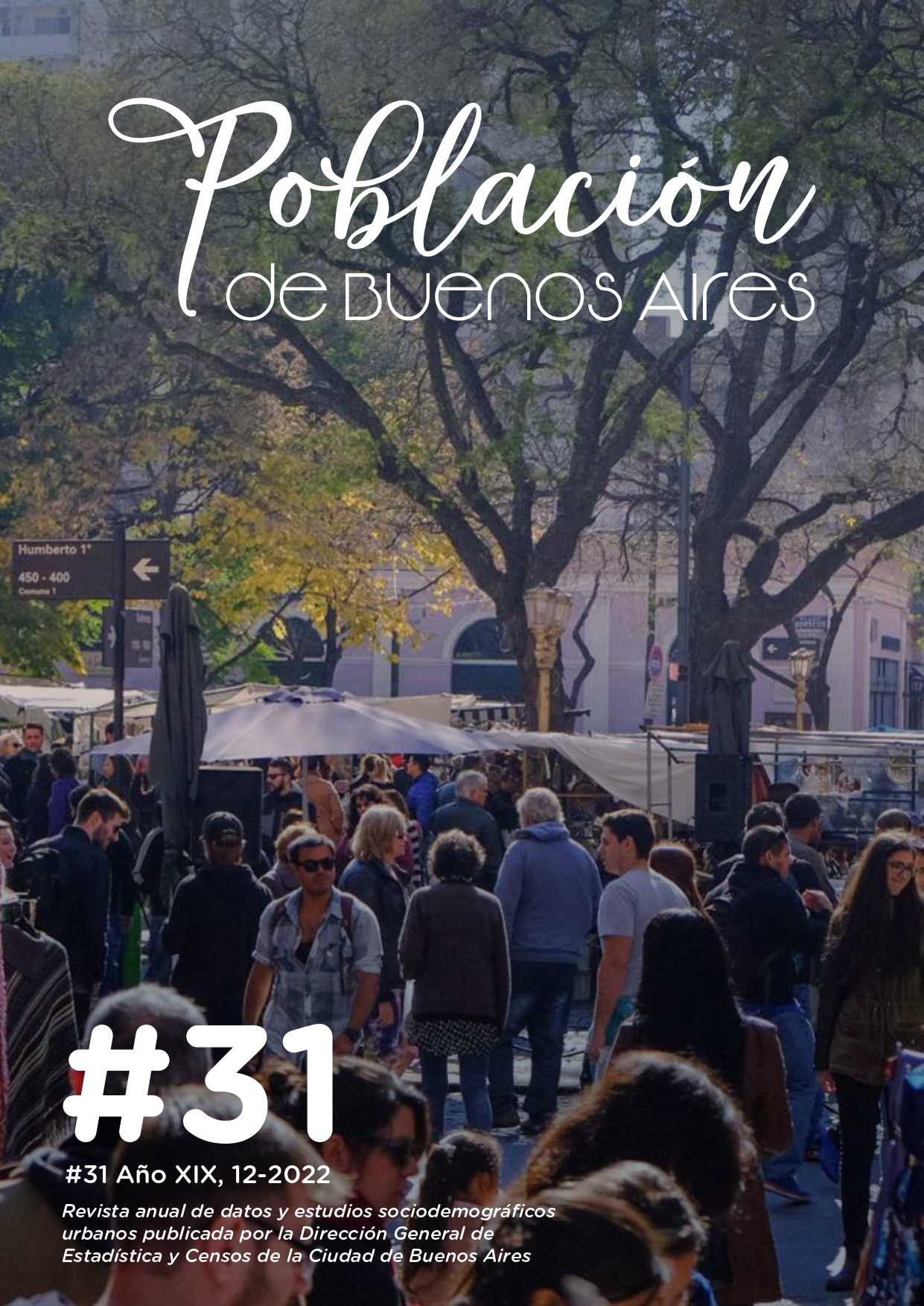La mortalidad entre los grupos socio-étnicos en la Ciudad de Buenos Aires, 1826-1828
Keywords:
19th century, mortality, socio-ethnic group, City of Buenos Aires, life tableAbstract
The aim of this paper is to deepen the study of mortality in the city of Buenos Aires in the first decades of the 19th century. To the levels of general mortality in the triennium 1826-1828, calculated in previous studies, we now seek to analyze them taking into consideration the ascription to a socio-ethnic group of the settlers. Based on data from the 1827 census and parish book summaries, we separate the socio-ethnic groups into “white” and “colored” (blacks, browns, indians, mestizos, etc.). In relation to mortality, we set up the different functions of the mortality table to obtain the life expectancy data. According to previous studies, the result is a mortality table according to a society of the old demographic regime, i.e., with high general mortality and, in particular, high infant mortality. There is a differential in mortality between the “white” and the “colored” population, assuming that the worse material conditions in which the “colored” population lived may be reflected in higher mortality.
Published
How to Cite
Issue
Section
License
Copyright (c) 2023 Luis Pablo Dmitruk, Tomás Guzmán

This work is licensed under a Creative Commons Attribution-NonCommercial-ShareAlike 4.0 International License.











